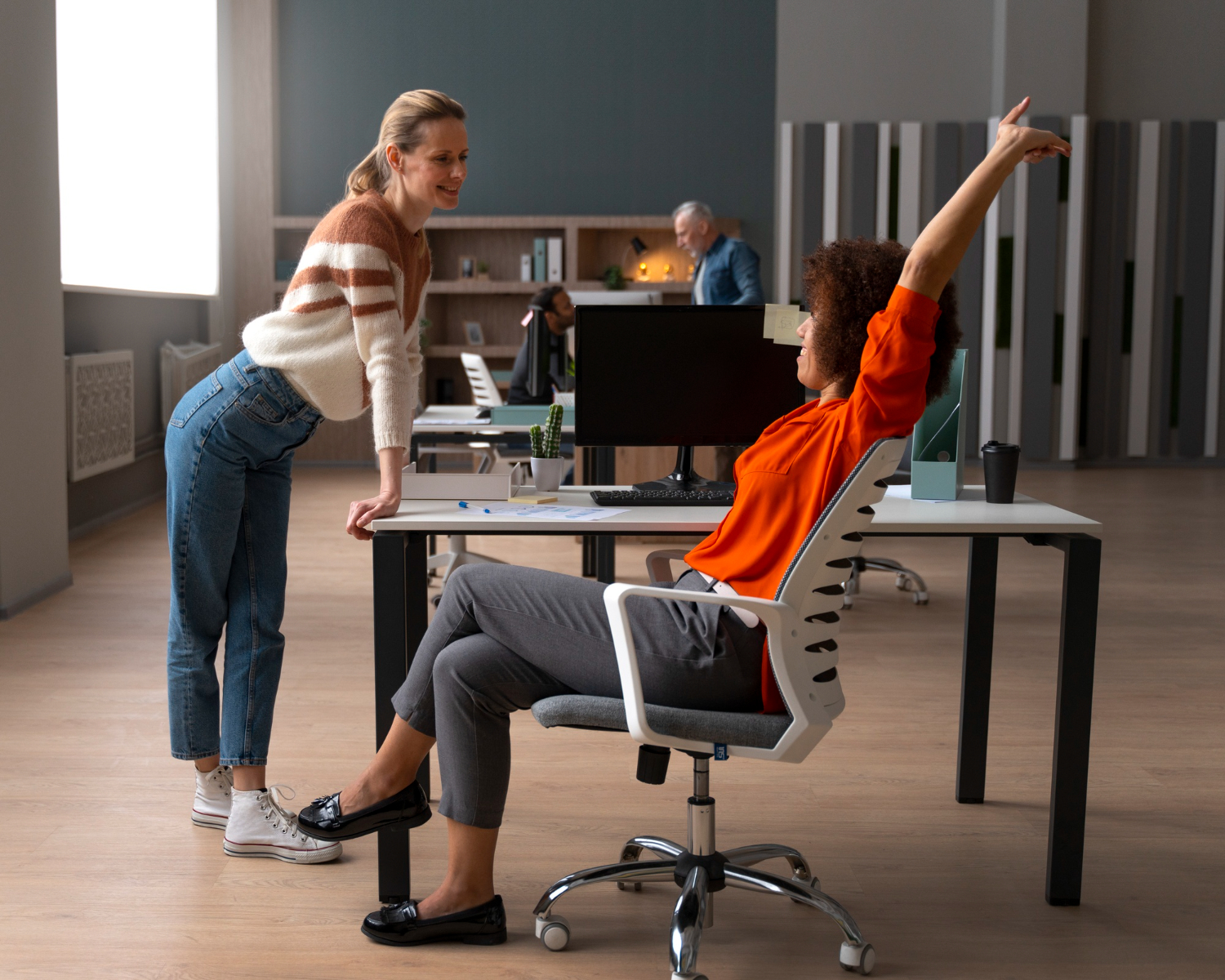Why do ordinary chairs hurt your lumbar spine? 5 warning signs that you must replace them
📌 Introduction: The Hidden Dangers of Ordinary Chairs
Most people spend hours sitting every day—whether at work, home, or even while commuting. However, many don’t realize that ordinary chairs can causeserious lumbar spine issuesover time. Thelack of ergonomic supportcan lead to poor posture, muscle strain, and even long-term spinal disorders.
If you often experiencelower back pain, stiffness, or discomfort after sitting for long periods, your chair might be the culprit.
🔍 How Do Ordinary Chairs Harm Your Lumbar Spine?
Ordinary chairs lack properergonomic design, which leads to:
- Poor lumbar support– No natural curve support for the lower back.
- Increased spinal pressure– Uneven weight distribution strains your lumbar discs.
- Restricted movement– Limited adjustability forces you into unnatural postures.
- Muscle fatigue and stiffness– Prolonged poor posture weakens spinal muscles.
🩺 The Consequences of a Bad Chair on Your Spine
Sitting in an ordinary chair for extended periods can lead to:
✅Chronic lower back pain– Poor posture and inadequate support cause strain.
✅Herniated discs– Increased spinal pressure damages the discs.
✅Sciatica– Poor seating posture can pinch the sciatic nerve, leading to pain in the legs.
✅Reduced mobility– Stiffness and weakened muscles make movement difficult.
✅Long-term spinal disorders– Poor lumbar support can lead to conditions like kyphosis or scoliosis.
⚠️ 5 Warning Signs You Must Replace Your Chair
1️⃣ Persistent Lower Back Pain
If youconstantly experience back painafter sitting, your chair is likely failing to support your lumbar spine properly. Poor back support forces your spine intounnatural positions, leading to muscle fatigue and discomfort.
🔹 What You Can Do
✅ Look for a chair withadjustable lumbar support.
✅ Consider anergonomic office chairwith acurved backrest.
✅ Add alumbar cushionif you can’t replace the chair immediately.
2️⃣ Poor Posture and Slouching
Does your chair encouragehunching forward or slouching? If so, it’s a red flag! When a chair lacks support, your spine compensates by curving unnaturally, leading to long-term posture problems.
🔹 What You Can Do
✅ Choose a chair that promotesnatural spinal alignment.
✅ Adjust theseat heightso your knees are at a 90-degree angle.
✅ Use abackrest cushionto support your lower spine.
3️⃣ Numbness or Tingling in Your Legs
Do you ever feelnumbness or tingling in your legsafter sitting for a while? This could be a sign of poor circulation caused bypressure on your lower spine and hips.
🔹 What You Can Do
✅ Use a chair withproper seat depthto distribute weight evenly.
✅ Keep your feetflat on the flooror use afootrest.
✅ Stand up and stretch every30–60 minutes.
4️⃣ Your Chair Lacks Adjustability
If your chair doesn’t allow you toadjust the height, backrest, or lumbar support, it may not be suitable for long-term use. Everyone’s body is different, and aone-size-fits-all chair can be harmful.
🔹 What You Can Do
✅ Invest in afully adjustable ergonomic chair.
✅ Customize the seat height, armrests, and lumbar support to fit your body.
✅ If replacing the chair isn’t an option, useseat cushions or lumbar pillows.
5️⃣ Visible Wear and Tear
If your chair hasflattened cushions, a wobbly base, or broken armrests, it’s time for a replacement. A worn-out chairfails to provide the necessary support, making it dangerous for your lumbar spine.
🔹 What You Can Do
✅ Inspect your chair fordamaged padding, unstable wheels, or misaligned frames.
✅ Replace it with ahigh-quality ergonomic chair.
✅ Avoid cheap chairs thatlack lumbar support and durability.
🏆 What to Look for in an Ergonomic Chair?
If your chair shows any of the warning signs above, it’s time for an upgrade. Here’s what to look for:
🔹Adjustable Lumbar Support– Helps maintain your spine’s natural curve.
🔹Seat Depth & Width– Supports your thighs without restricting circulation.
🔹Reclining Backrest– Allows movement and posture changes.
🔹Breathable Material– Prevents overheating and discomfort.
🔹Armrests & Height Adjustments– Reduces pressure on shoulders and lower back.
🔥 Recommended Ergonomic Chairs
- Adjustable Mesh Ergonomic Office Chair – Premium support with a breathable mesh back.

- Comfortable swivel Ergonomic Office Chair – Highly adjustable with excellent lumbar support.

- Headrest high back mesh office chair – Great for gamers and office workers alike.
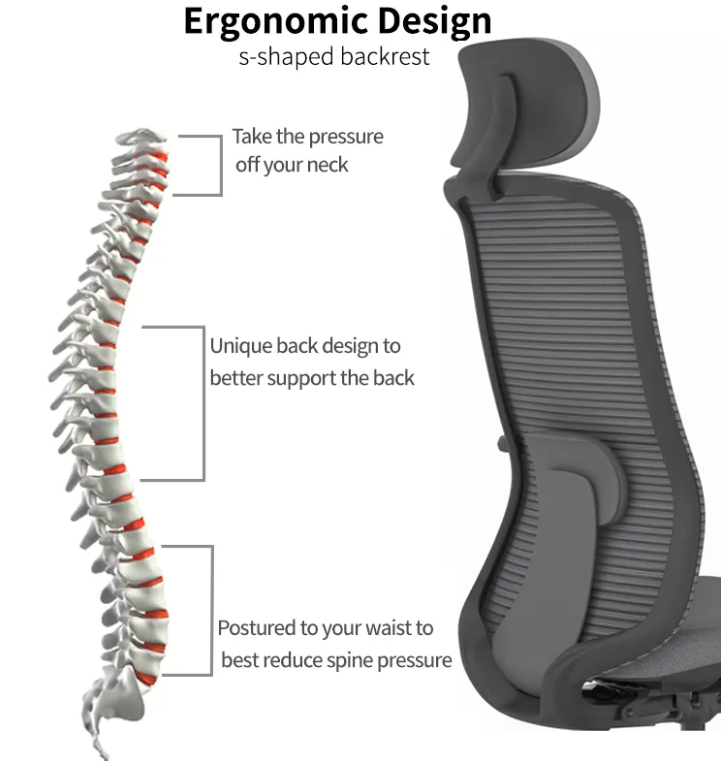
💡 How to Maintain a Healthy Sitting Posture?
Even with a good chair, you need tomaintain proper postureto protect your lumbar spine.
✅Sit with your back straight, shoulders relaxed, and feet flat on the floor.
✅Adjust your chair heightso your elbows are at desk level.
✅Take breaks every 30–60 minutesto stretch and walk around.
✅Engage your corewhile sitting to support your lower back.
🏃♂️ Best Exercises for Lumbar Spine Health
🧘Pelvic Tilts – Strengthens core muscles for spinal support.
🏋️♀️Lower Back Stretches – Relieves tension in the lumbar region.
🦵Leg Raises – Improves circulation and prevents numbness.
📌 Conclusion: Invest in Your Spinal Health!
Your lumbar spine plays acrucial role in your overall health. Sitting in anordinary chair for prolonged periodscan lead to chronic pain, posture problems, and even spinal disorders.
If you noticepersistent pain, slouching, numbness, or visible chair damage, don’t ignore it!Replacing your chair with an ergonomic alternativecanimprove your posture, enhance comfort, and protect your spine in the long run.
🎯 Take Action Now!
👉Assess your current chair– Does it provide proper lumbar support?
👉Consider investing in an ergonomic chair– Your spine will thank you!
👉Improve your sitting posture– Small changes make a big difference!
💡Your spine health is worth the investment. Don’t wait until it’s too late!
💬 FAQs
1. How can I tell if my chair is bad for my back?
If you experience back pain, discomfort, or numbness after sitting, your chair may lack proper lumbar support.
2. Are gaming chairs good for lumbar support?
Some gaming chairs provide good lumbar support, butergonomic office chairsare often better for spinal health.
3. How often should I replace my chair?
A quality chair lasts5–10 years. Replace it if you notice wear and tear or lack of support.
4. Can a lumbar cushion fix a bad chair?
A lumbar cushioncan help, but it’s not a permanent solution. An ergonomic chair is a better long-term investment.
5. What is the best sitting position for back health?
Situpright with your back supported, feet flat on the floor, and knees at a90-degree angle.
Thanks for contacting us, we will reply you ASAP.






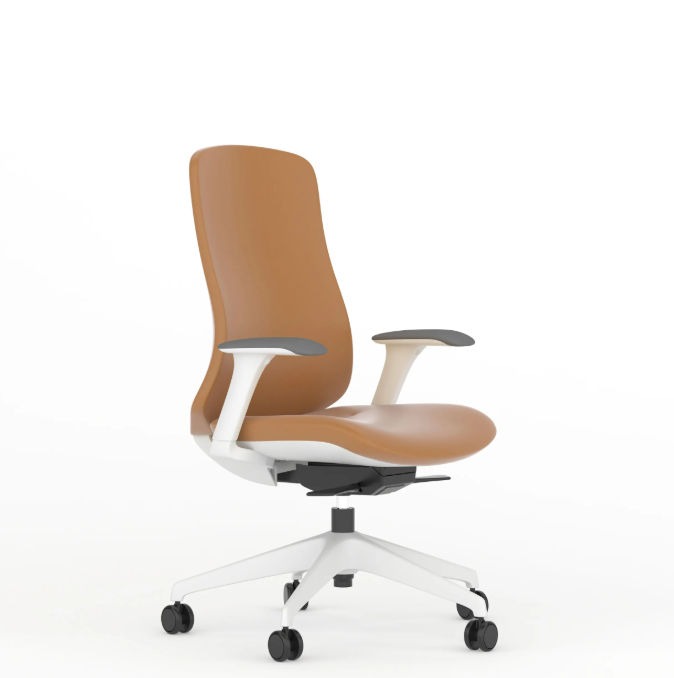
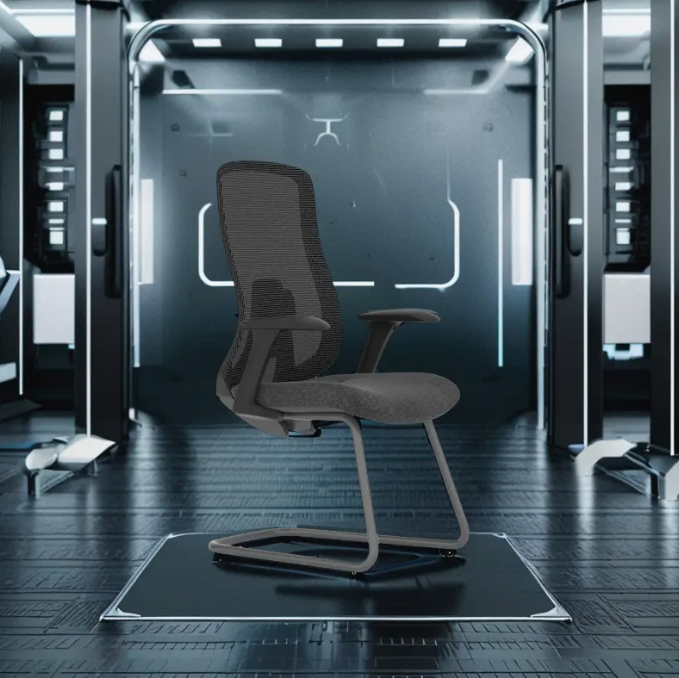

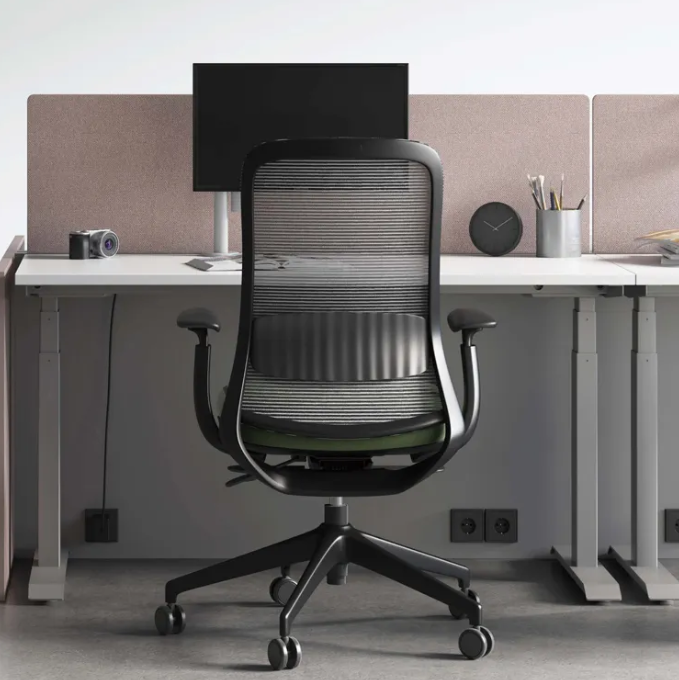
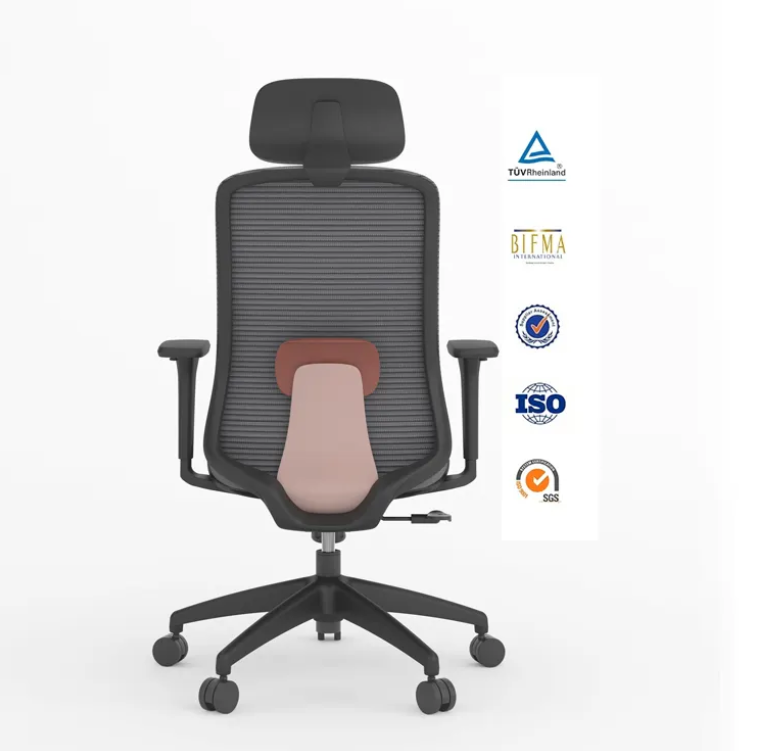
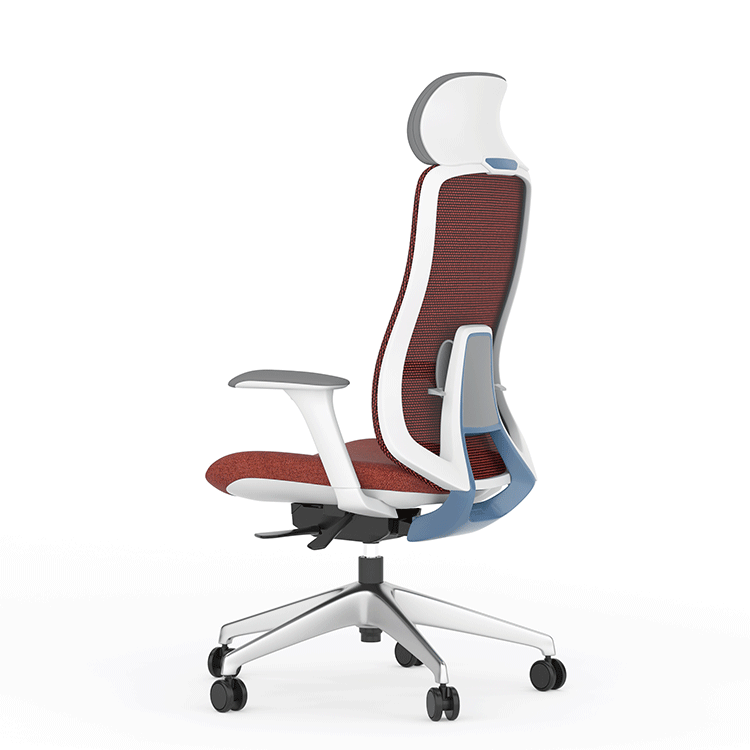
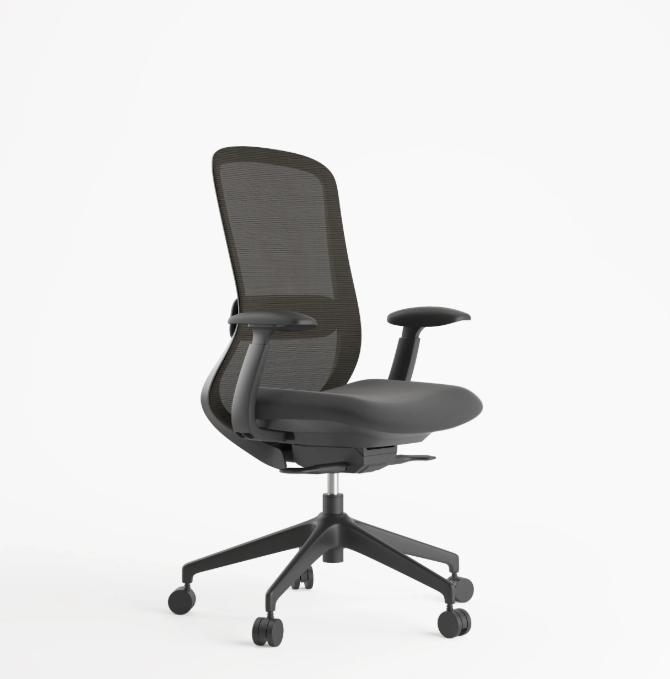


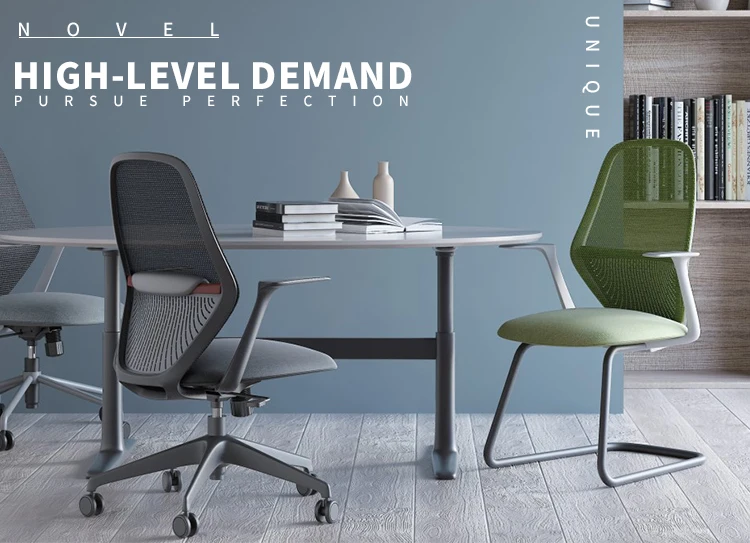
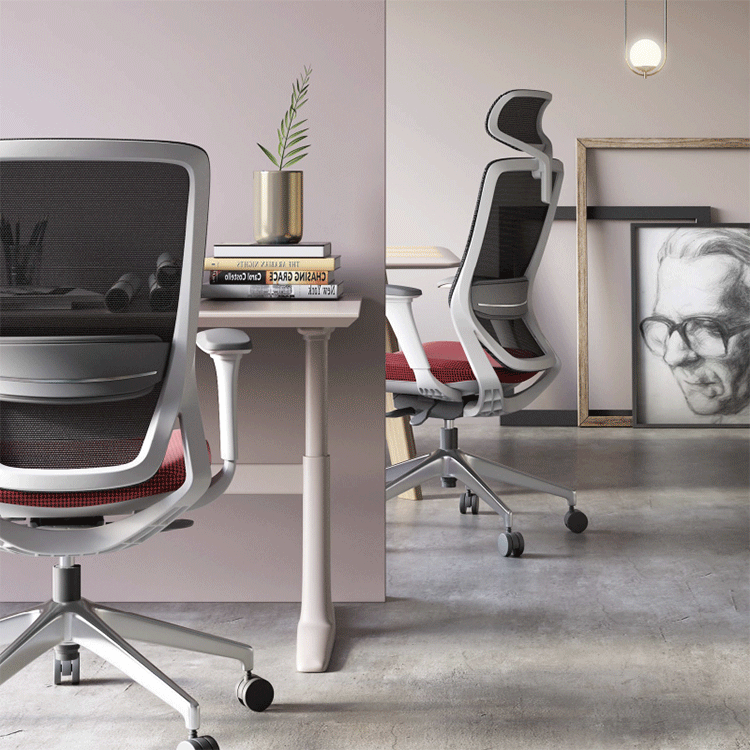
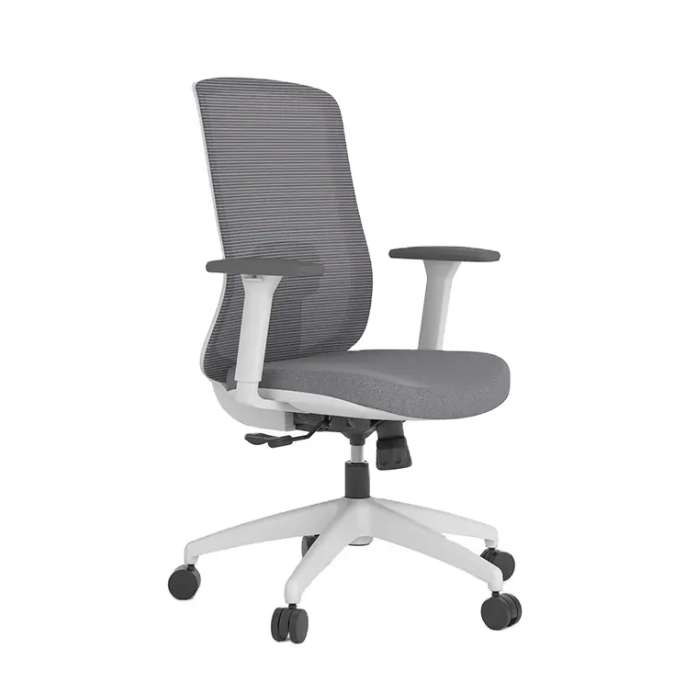


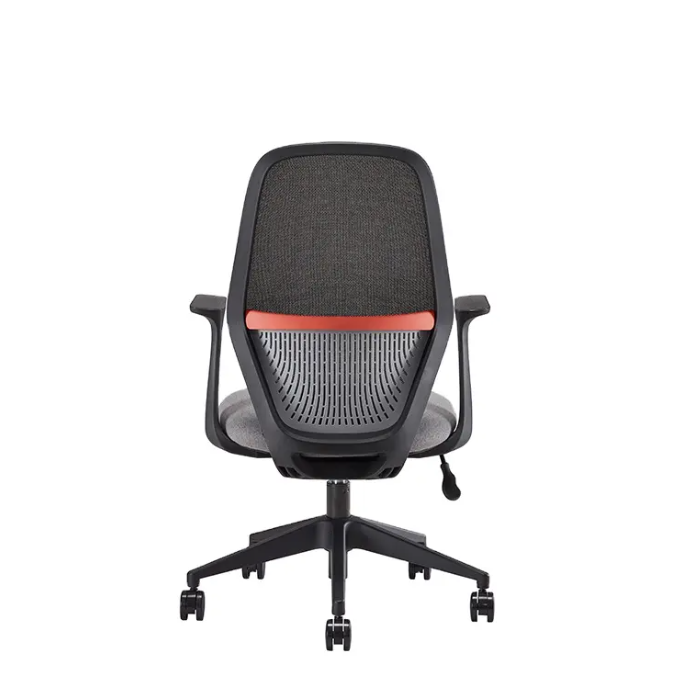
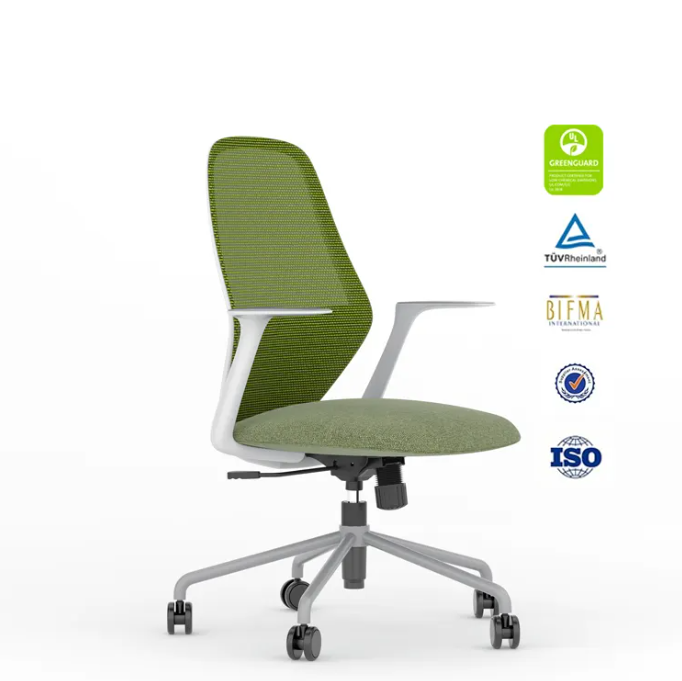



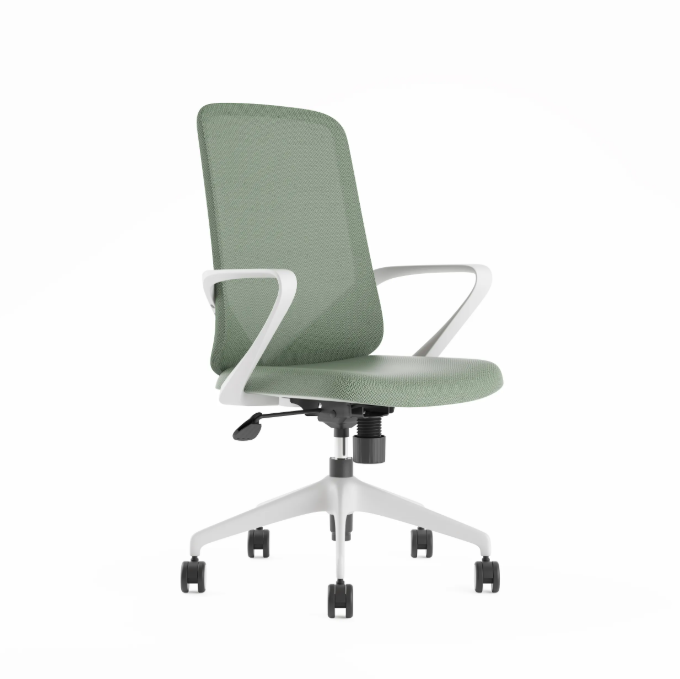
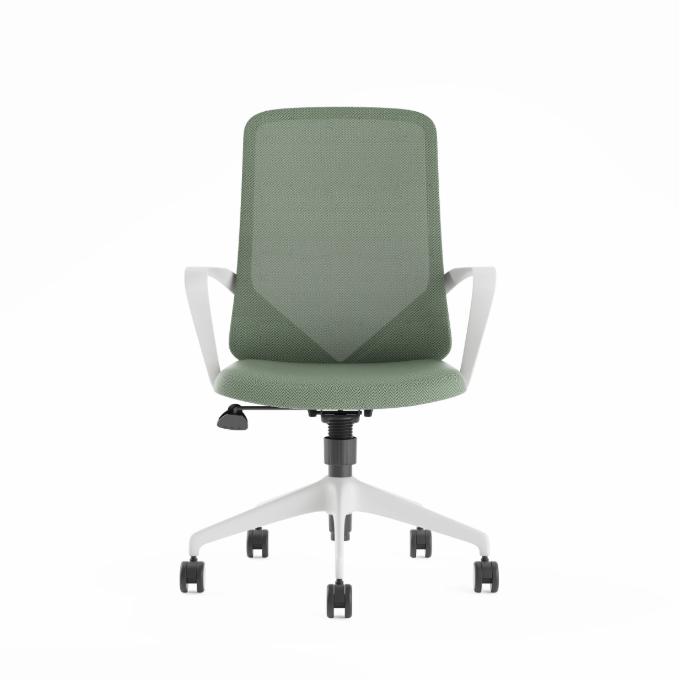
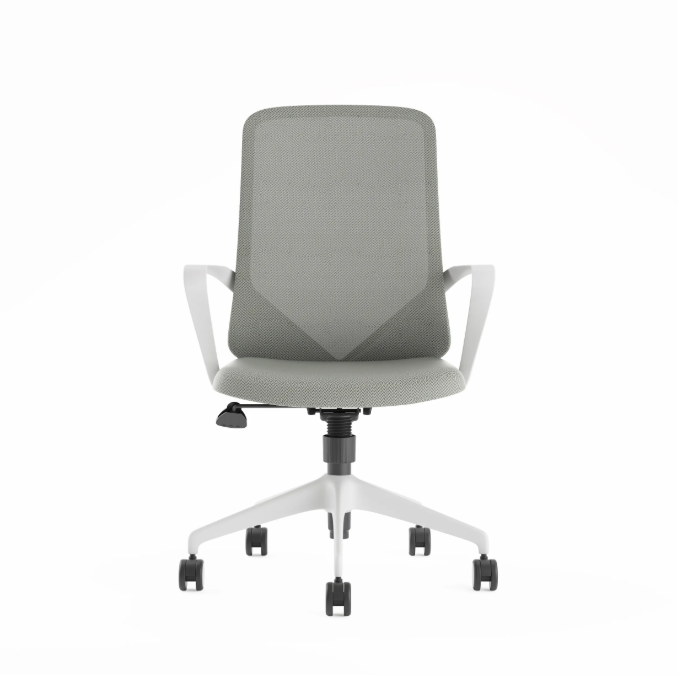
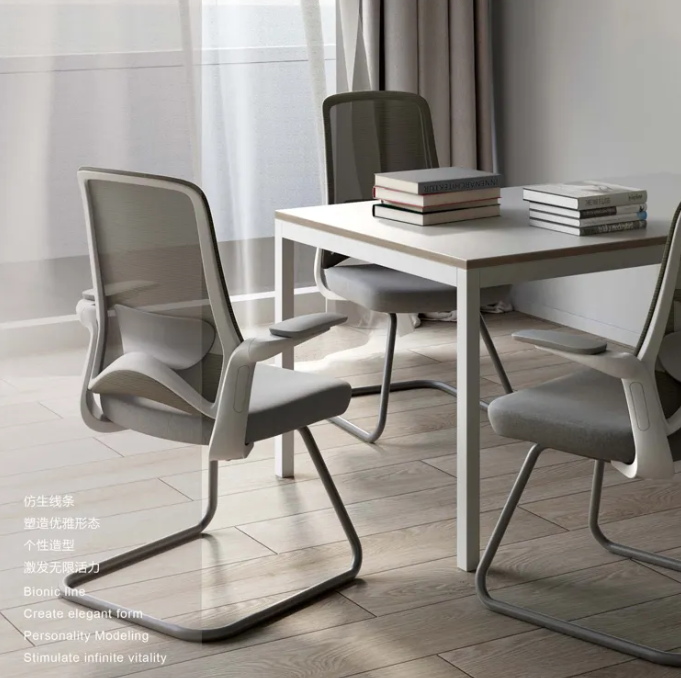
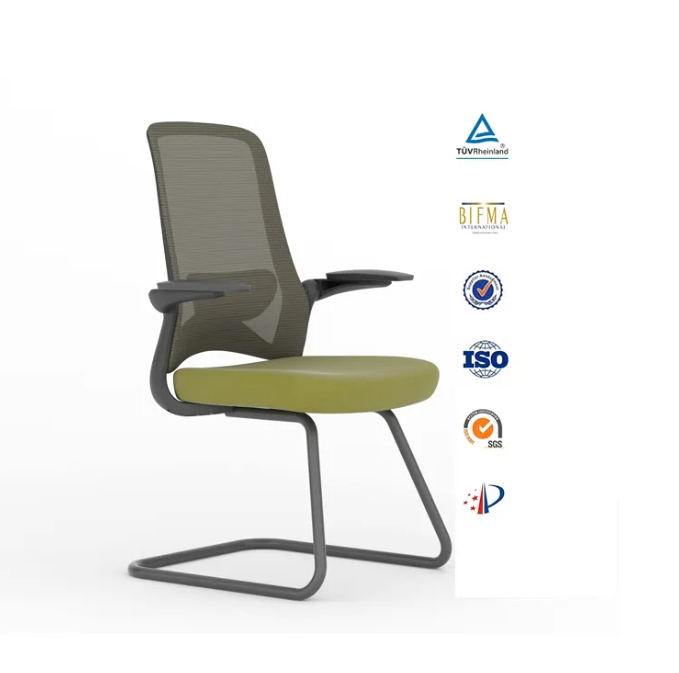
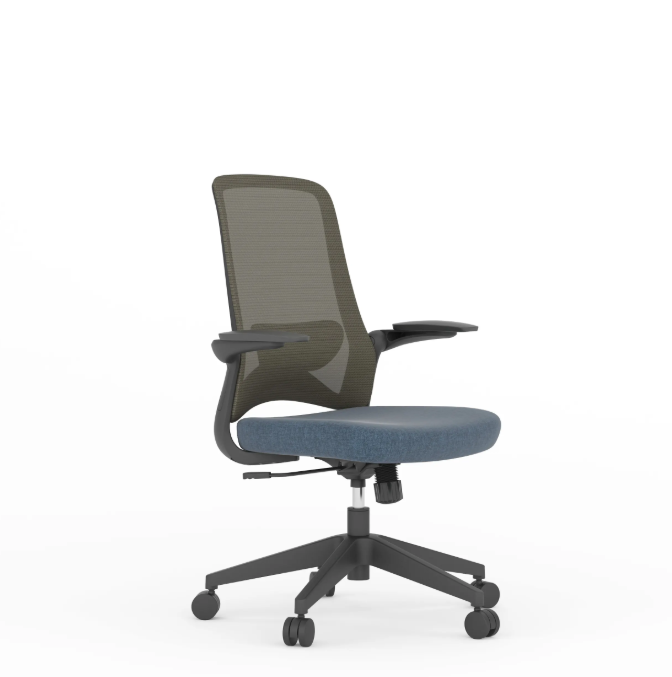

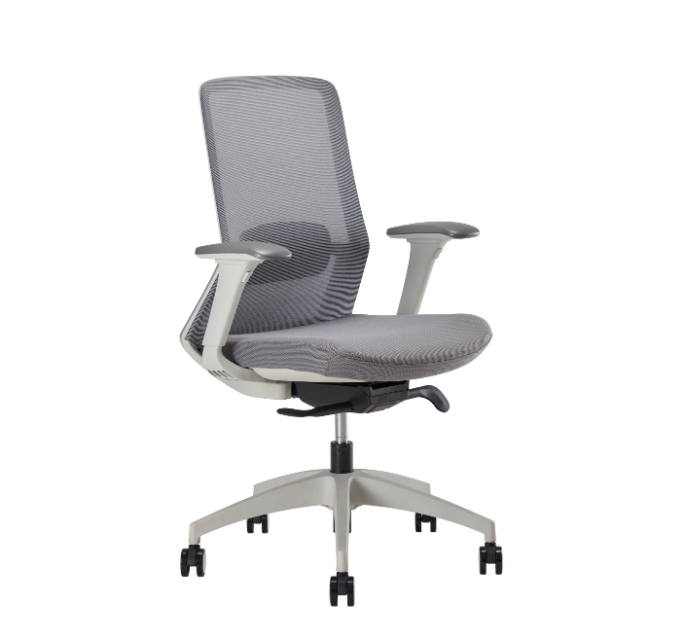
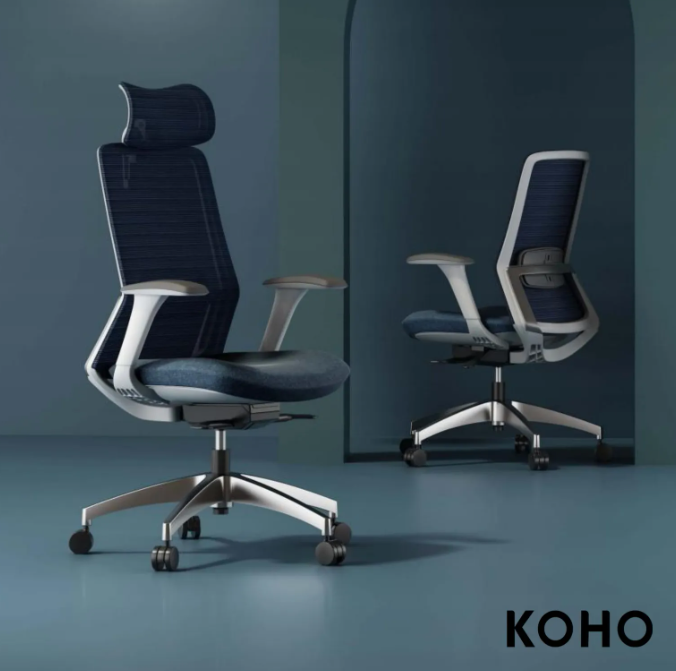
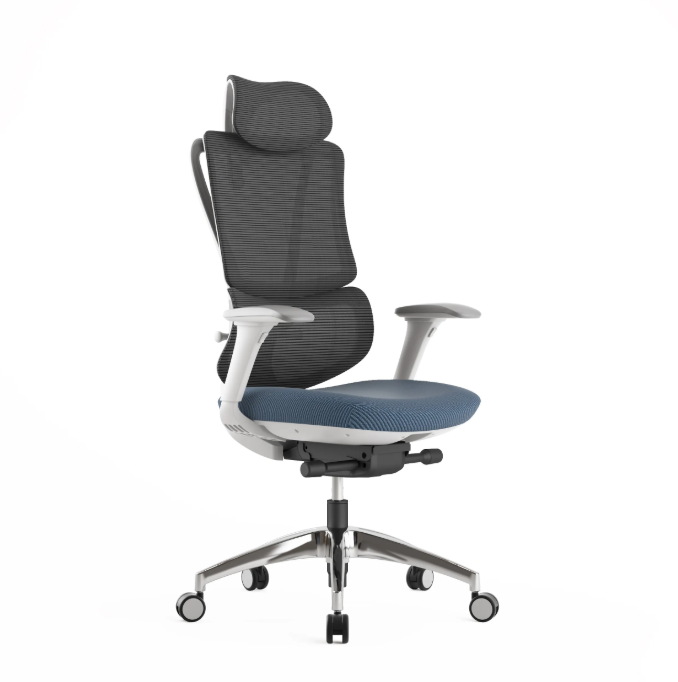
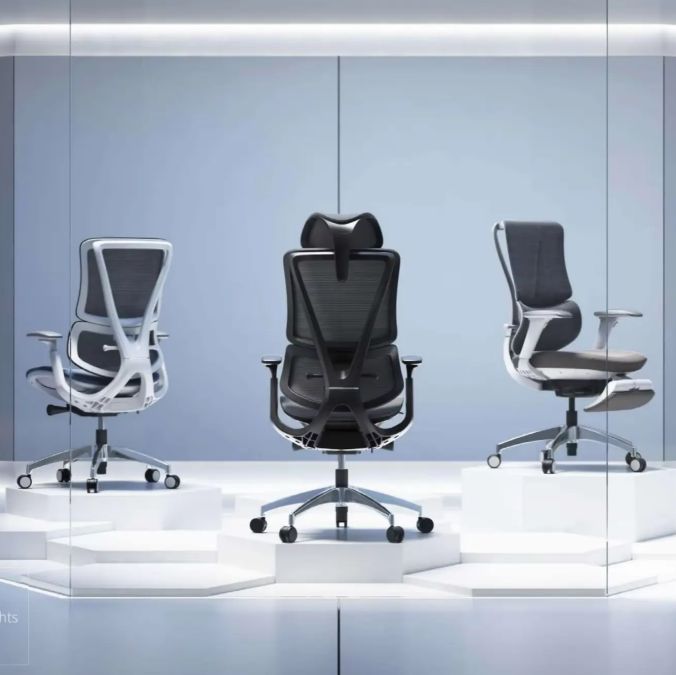
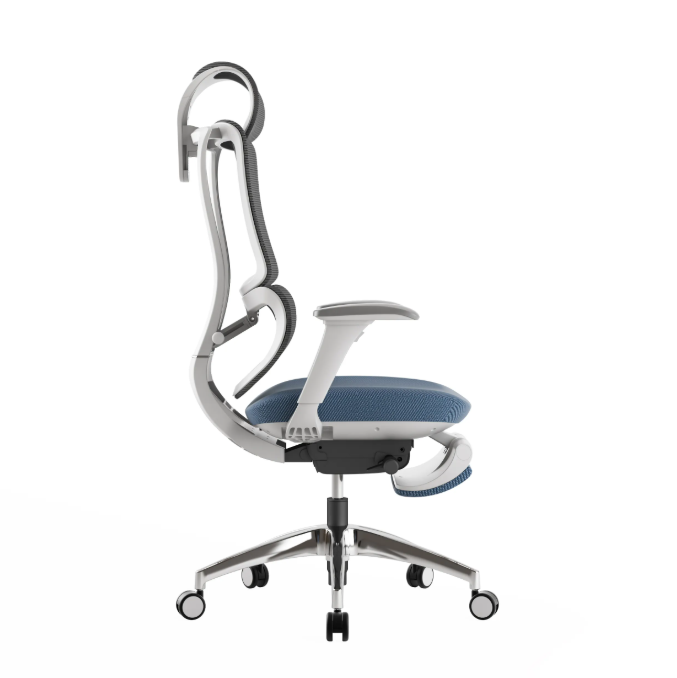
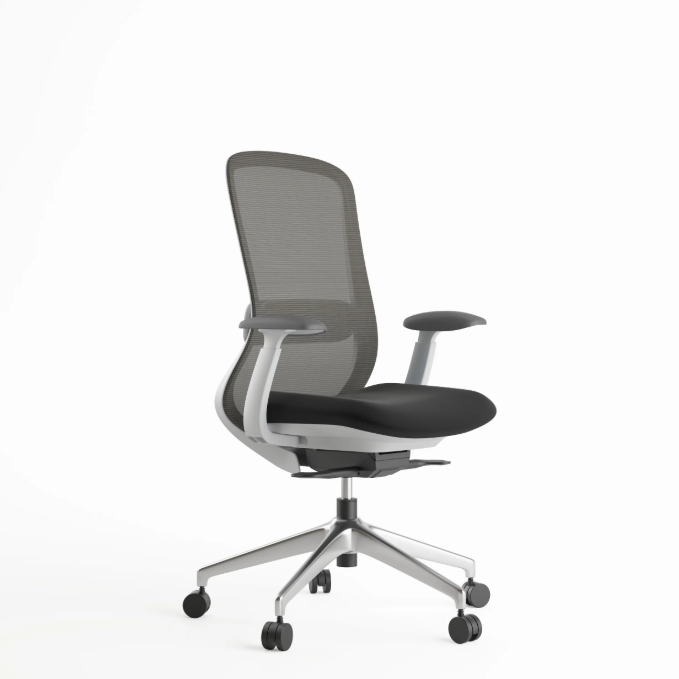
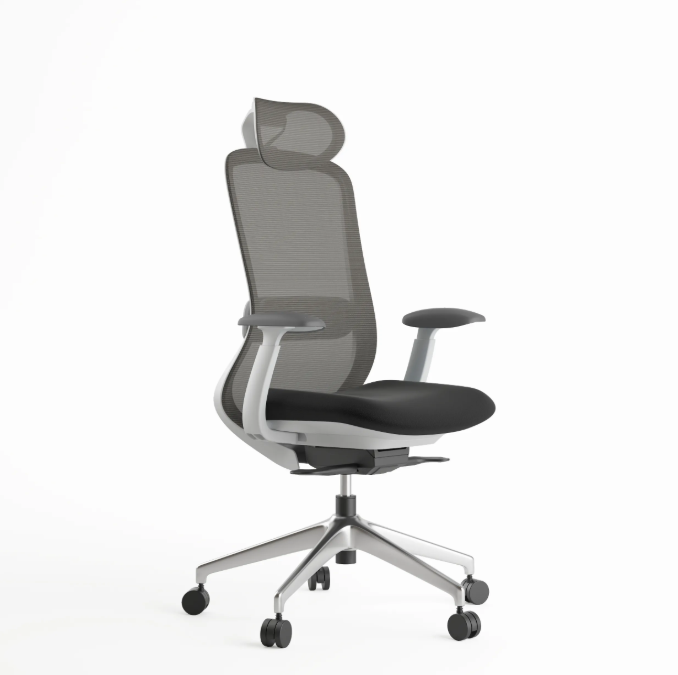
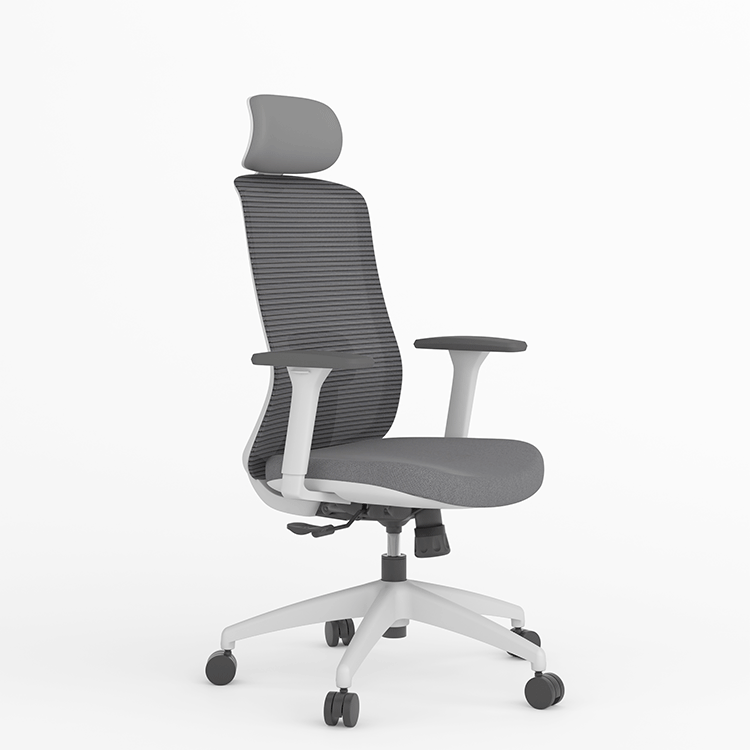
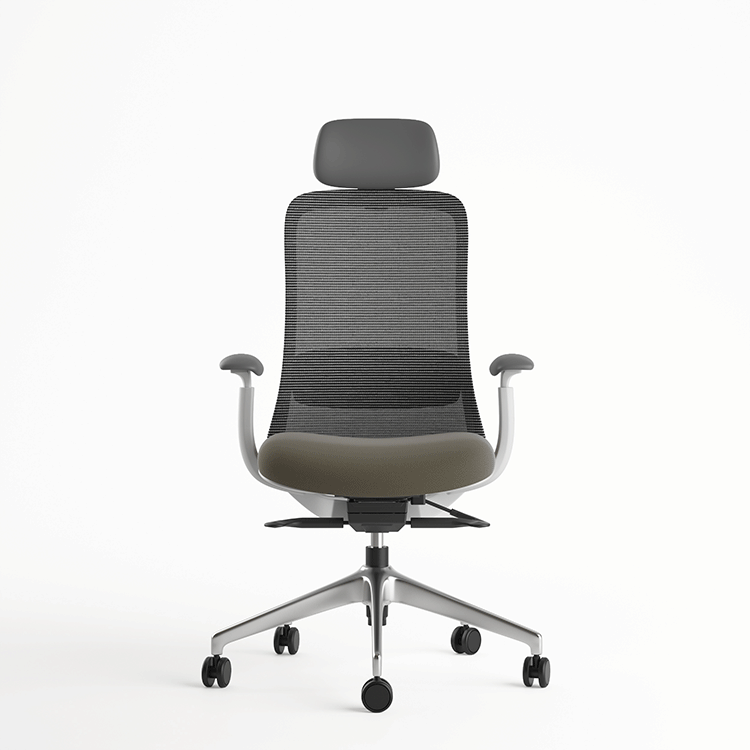
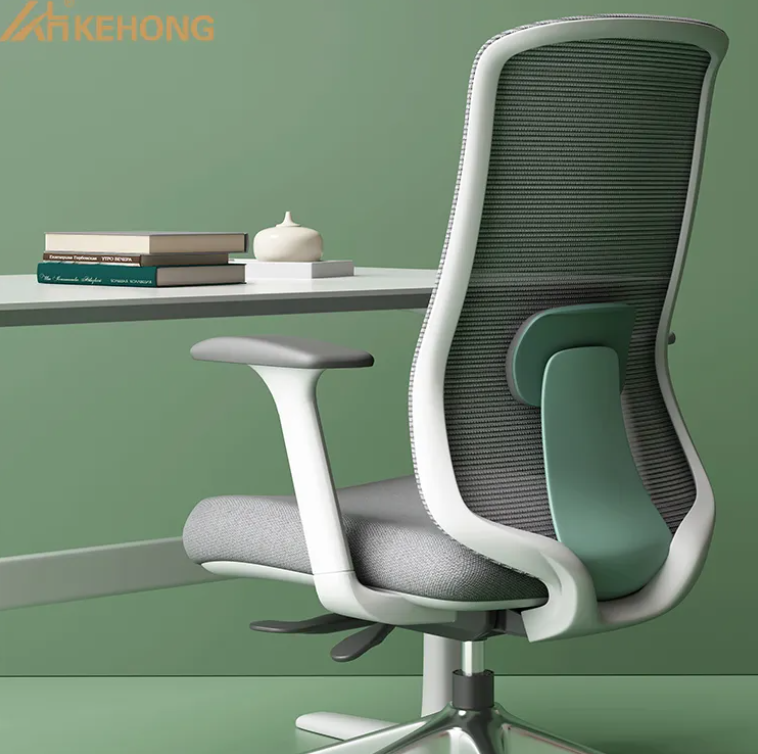
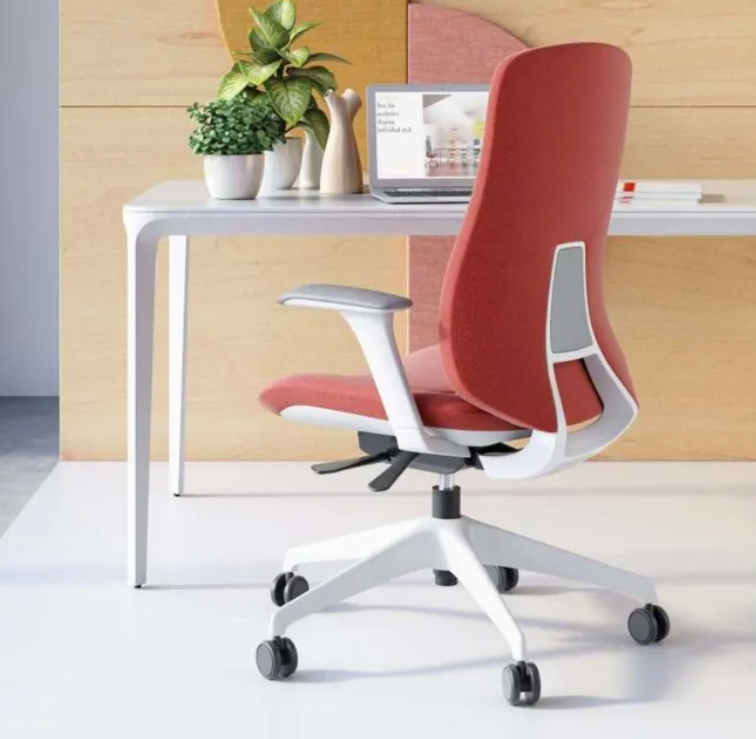












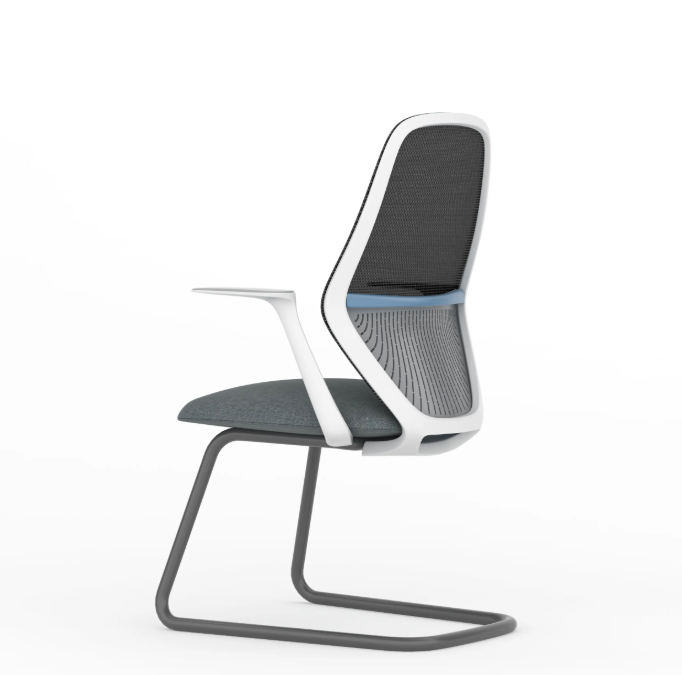
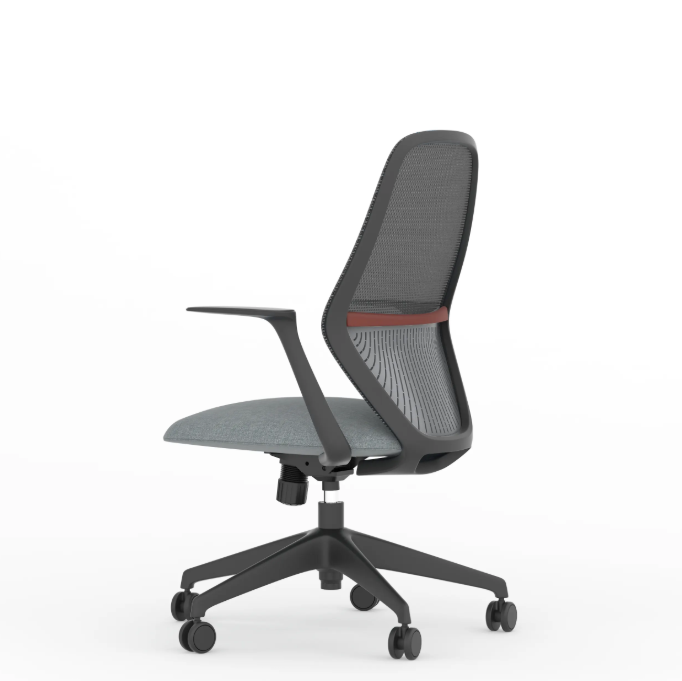
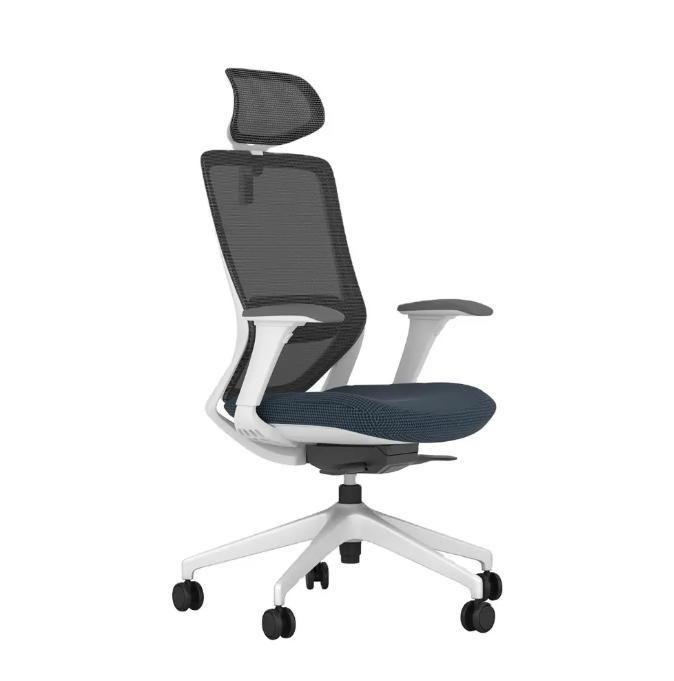
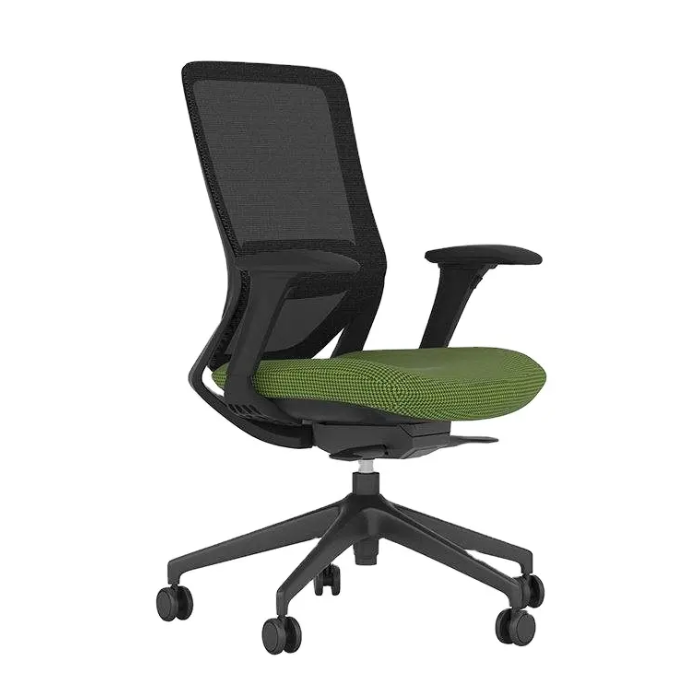
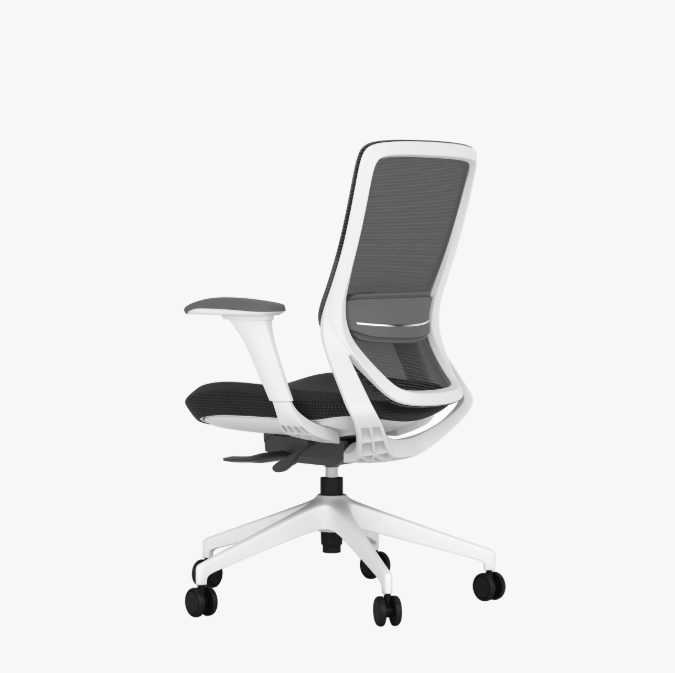
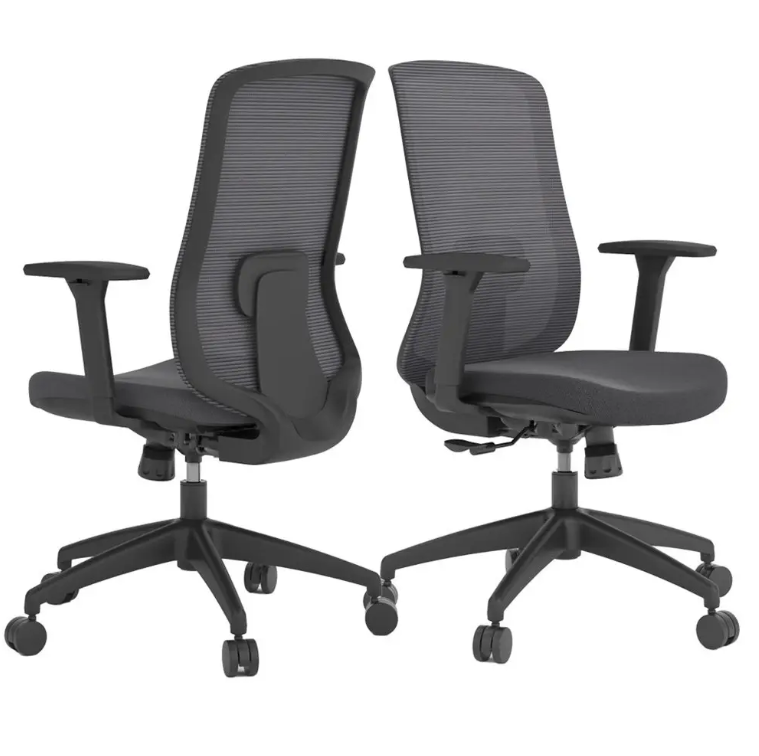
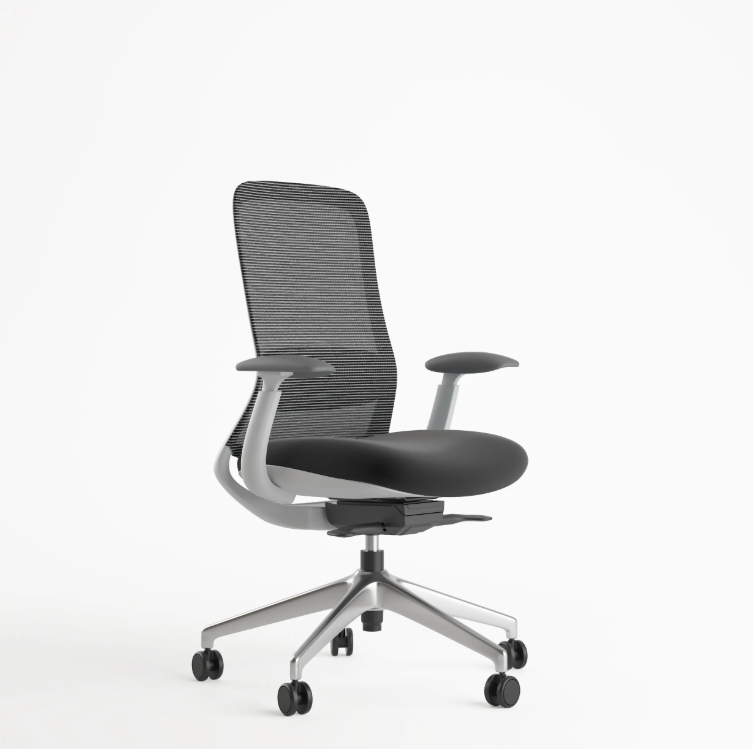
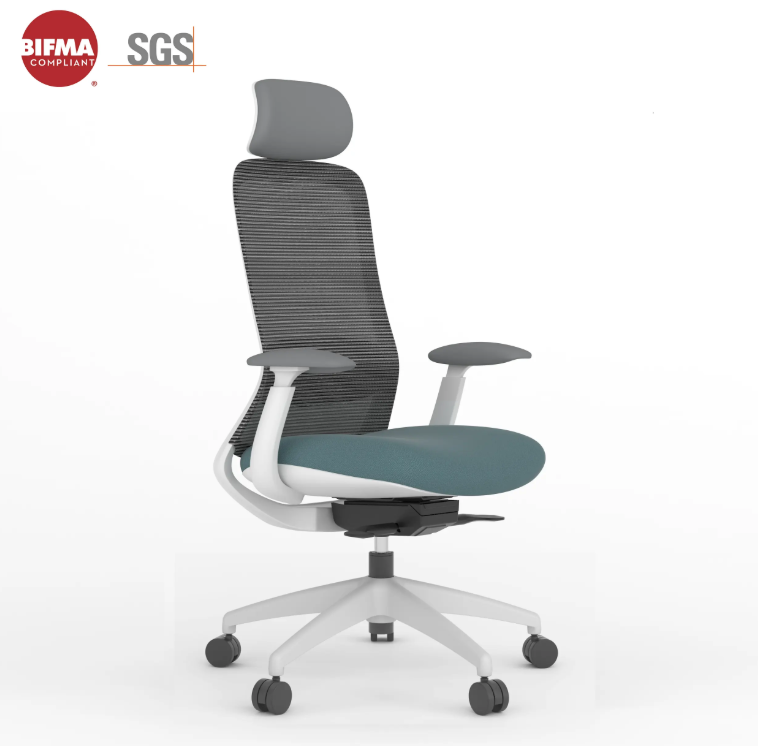
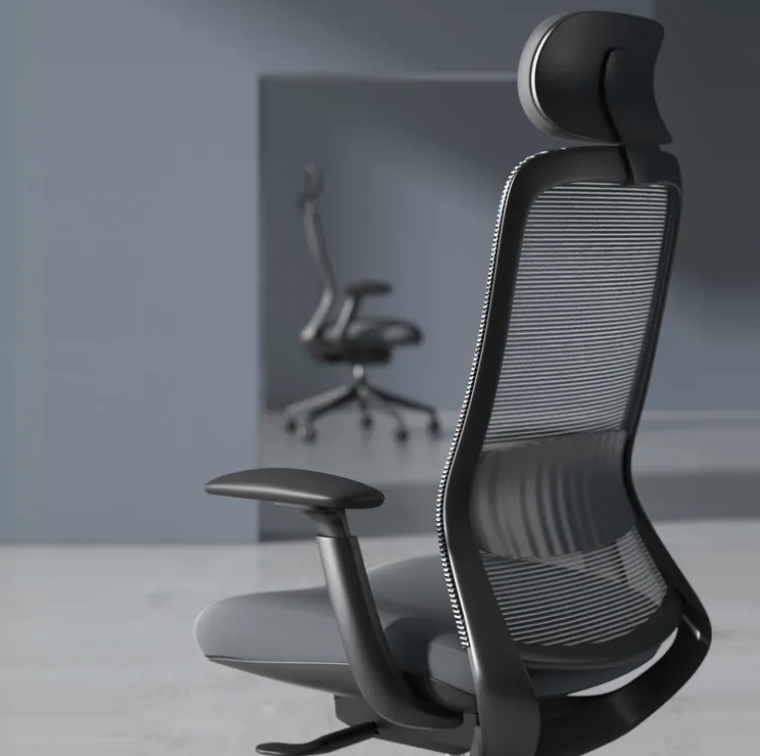
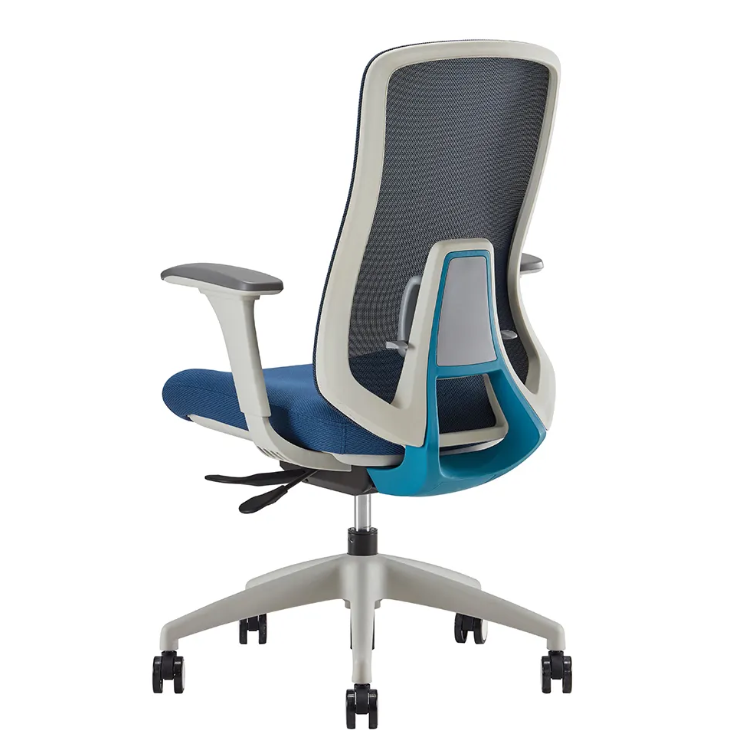
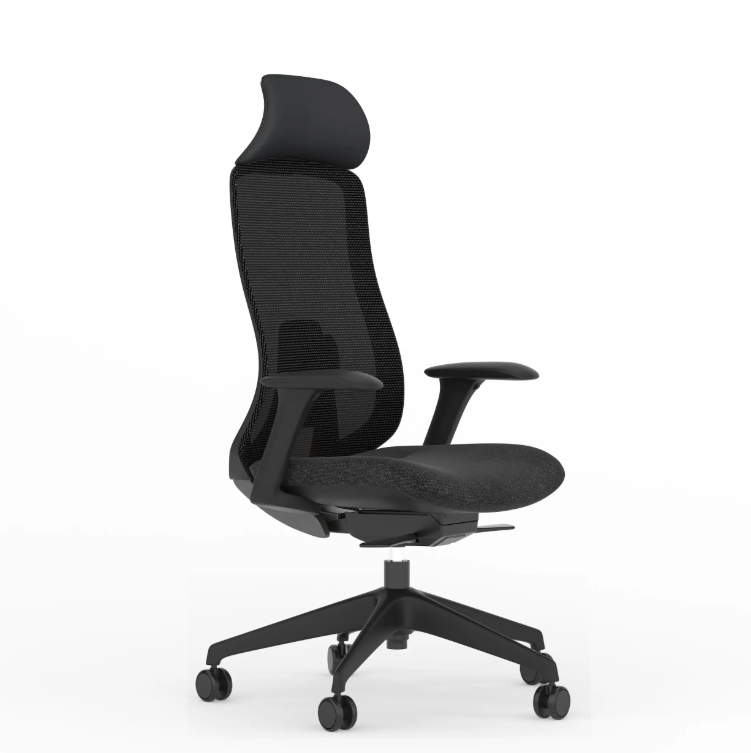


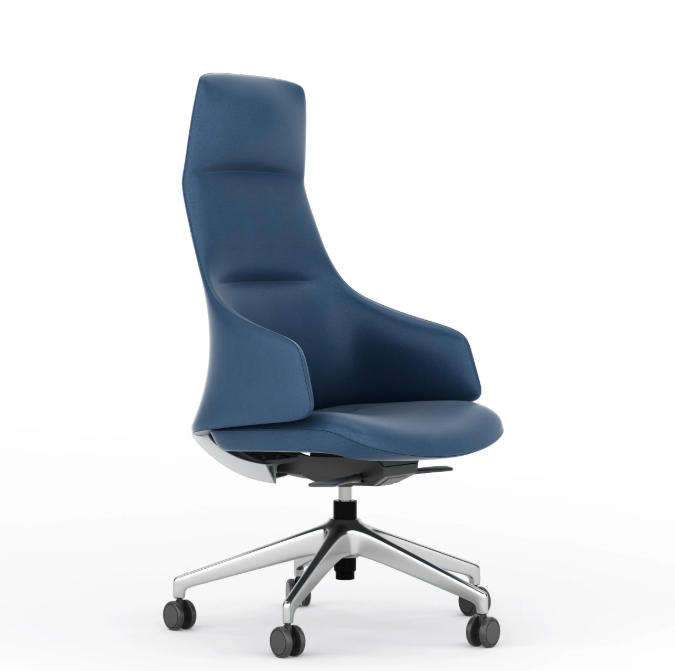







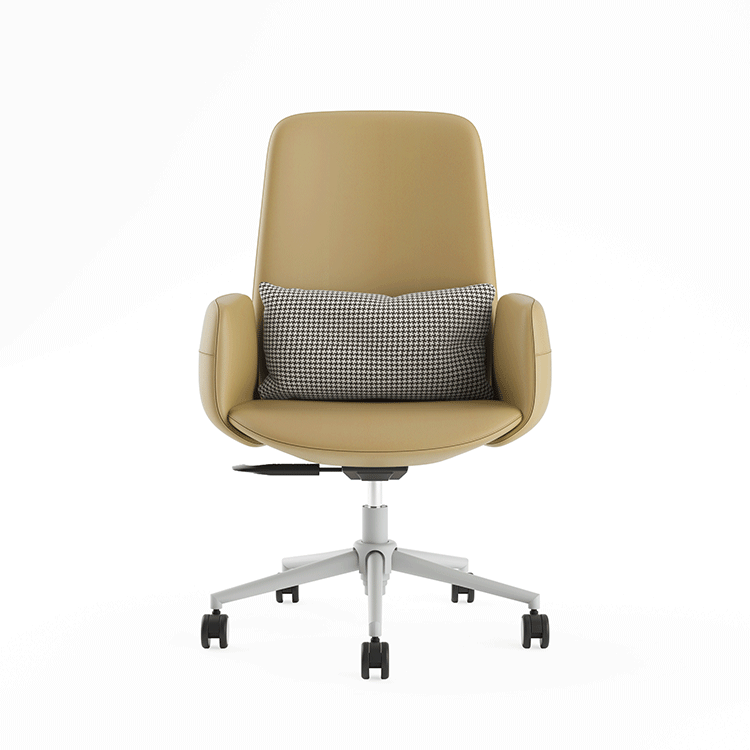
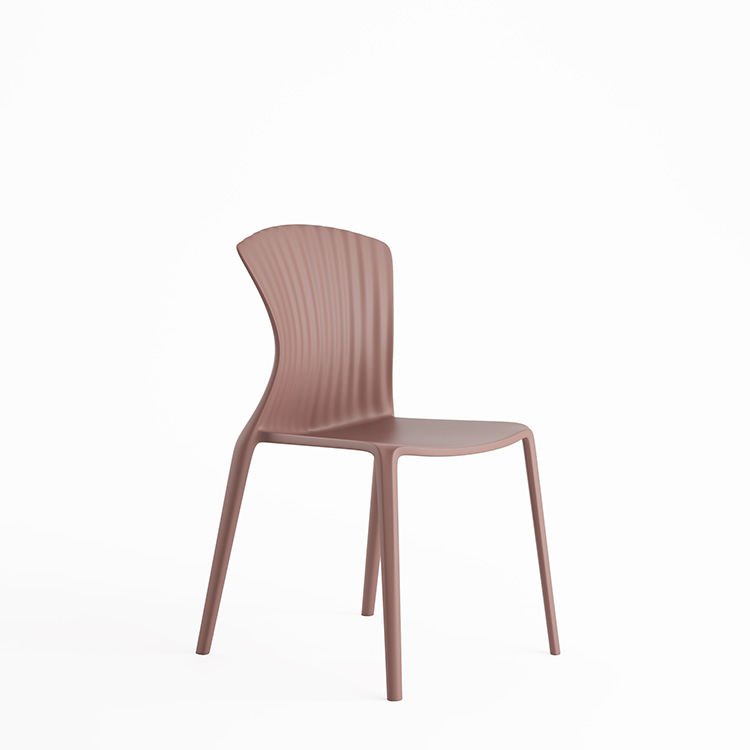
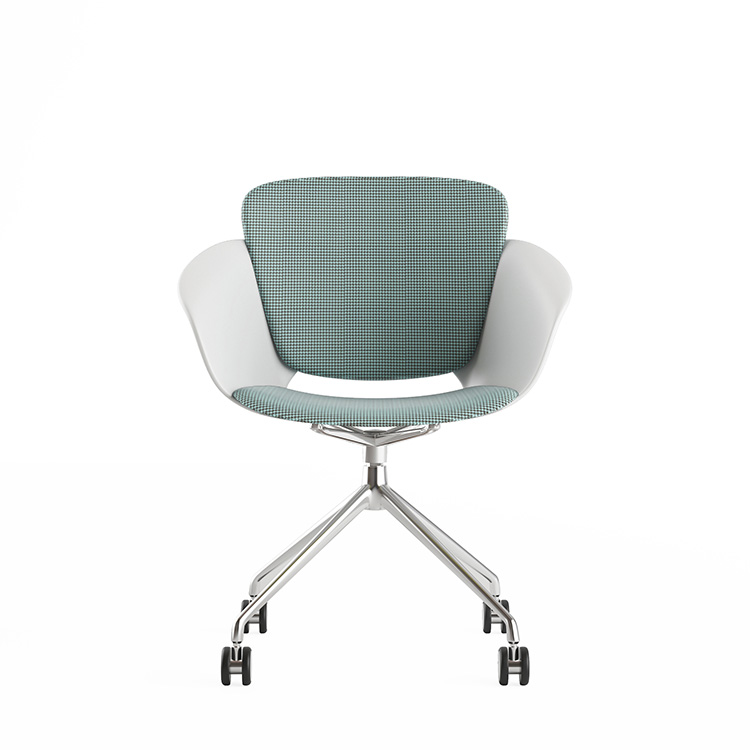






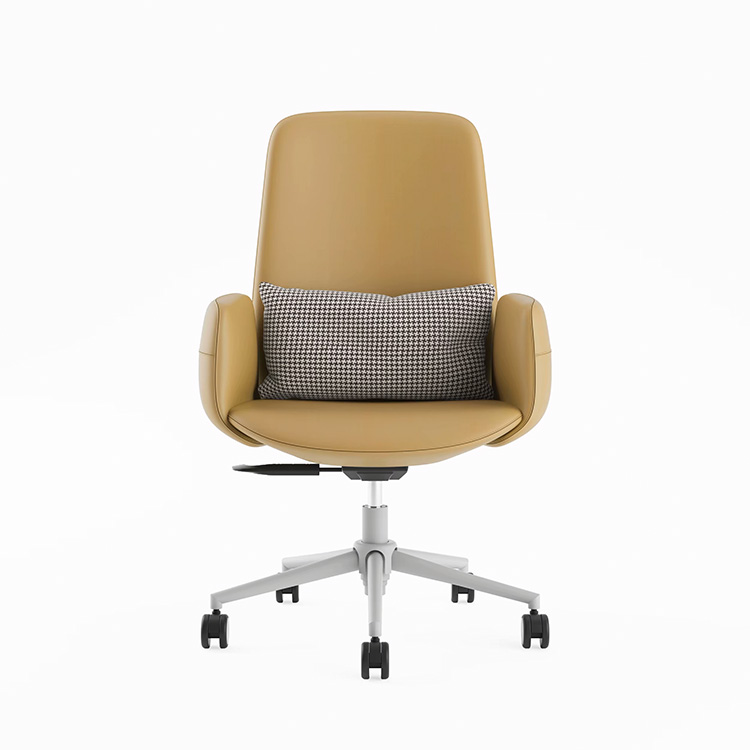
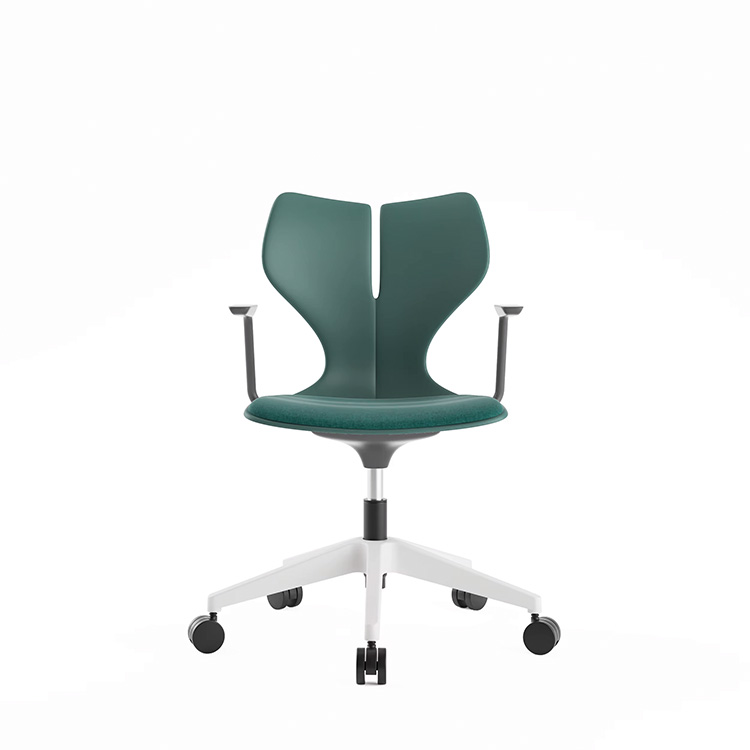
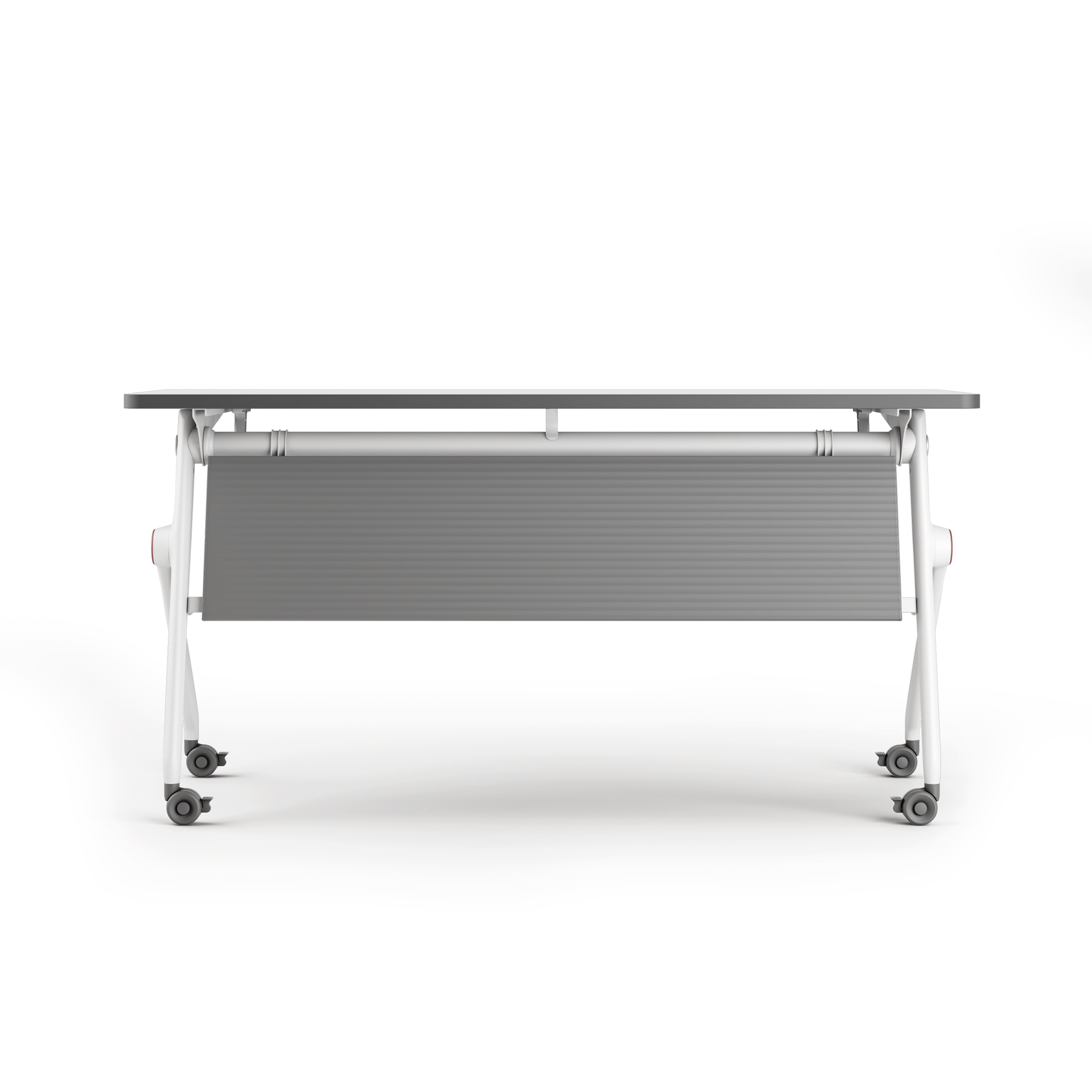
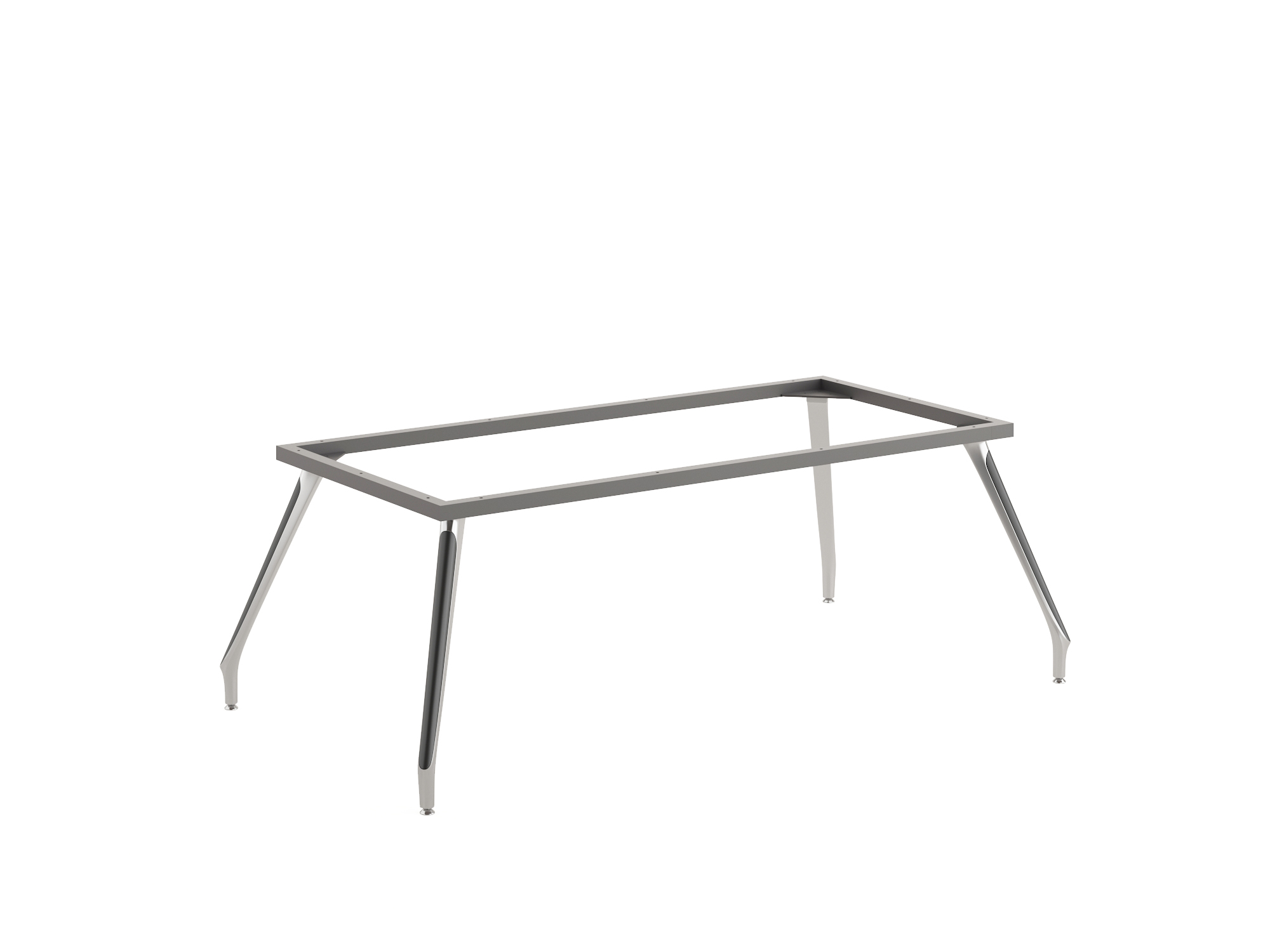

.jpg)
.jpg)
.jpg)
.jpg)
.jpg)
.jpg)
.jpg)
.jpg)
.jpg)
.jpg)
.jpg)
.jpg)
.jpg)
.jpg)
.jpg)
.jpg)

